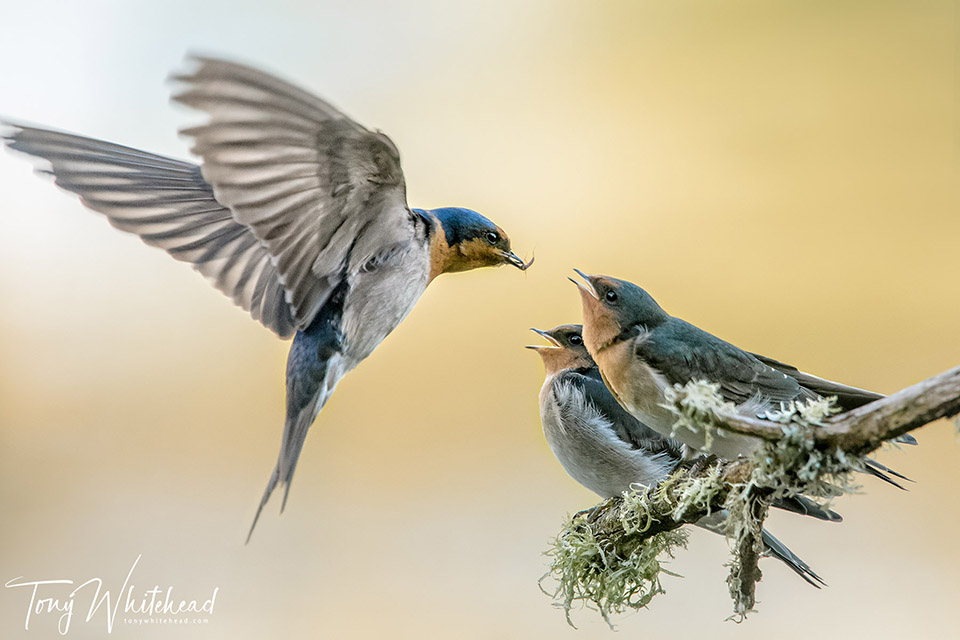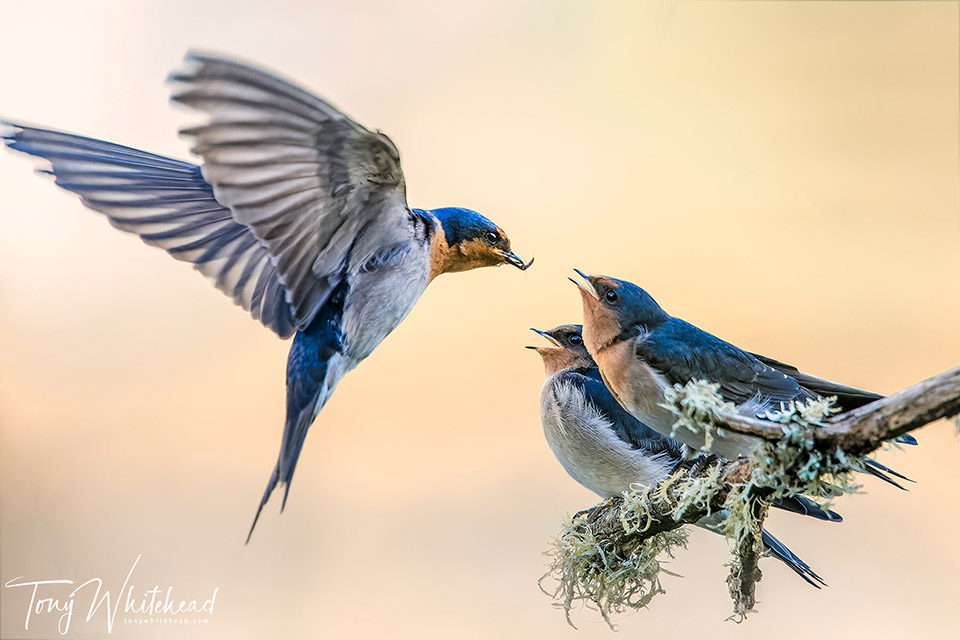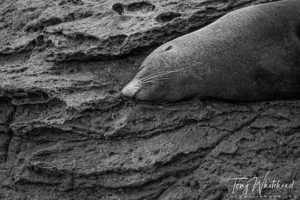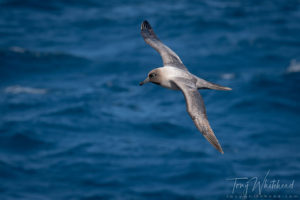I recently had a request for an image from 2016 that I published in a blog in early 2017. This image had been captured with my standard rig at the time, a Nikon D500 with 300mm f4PF, with the TC14e in this instance. ISO was a relatively high 3200 for the time and I had processed it in my usual workflow at the time – global RAW adjustments in Lightroom and then moving into Photoshop for patching/cloning, hand painted masked contrast and colour adjustments on layers using Nik Color Efex.
I have fond memories of the opportunity of making this one of a series of images and it has been requested by a number of artists as a reference image for paintings. My immediate impression on revisiting it was that I would process it quite differently in 2023. Not so much in terms of final appearance but in how I would get there. Updates to Lightroom over the past couple of years with masking and targeted colour adjustments mean that we are no longer limited to global adjustments before having to move into Photoshop for targeted masked adjustments. I also now almost routinely use DxO Pure RAW for my RAW conversions for higher ISO images. The AI noise reduction built into Lightroom does a similar job but I still trust DxO a little more.
Making a virtual copy of my original RAW file I applied my flat starting profile and then made masked adjustments to the subject and spot colour adjustments before taking it through DxO PureRAW into Photoshop for some final contrast and colour adjustments using Nik Color Efex. The whole process was far quicker and more efficient. The DxO demosaicing provided a far cleaner and more detailed file than had previously been delivered from Lightroom.
I have written before of how we need to factor in the whole digital processing workflow into our decisions around equipment choice. These new and improved tools also allow us to extract better images from our old RAW files and I always enjoy reprocessing previous images and creating an improved version. One of the joys of gaining experience as photographers is that we get better. Looking back at old images and opportunities it is tempting to wish that we could revisit old opportunities with our new knowledge and new gear. In a software sense we can do exactly that, taking old files and extracting better images from them. One of the reasons to tenaciously protect our RAW files by careful storage and redundant back-up strategy.



